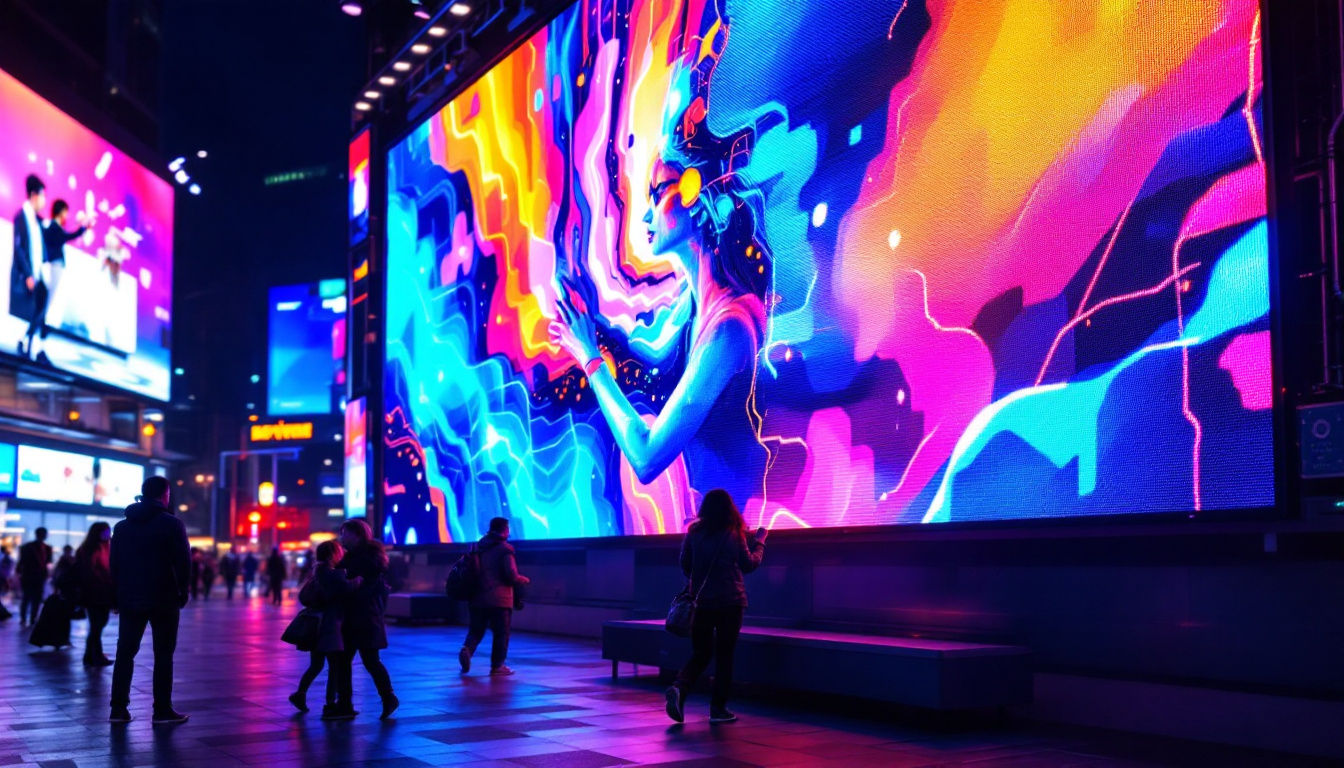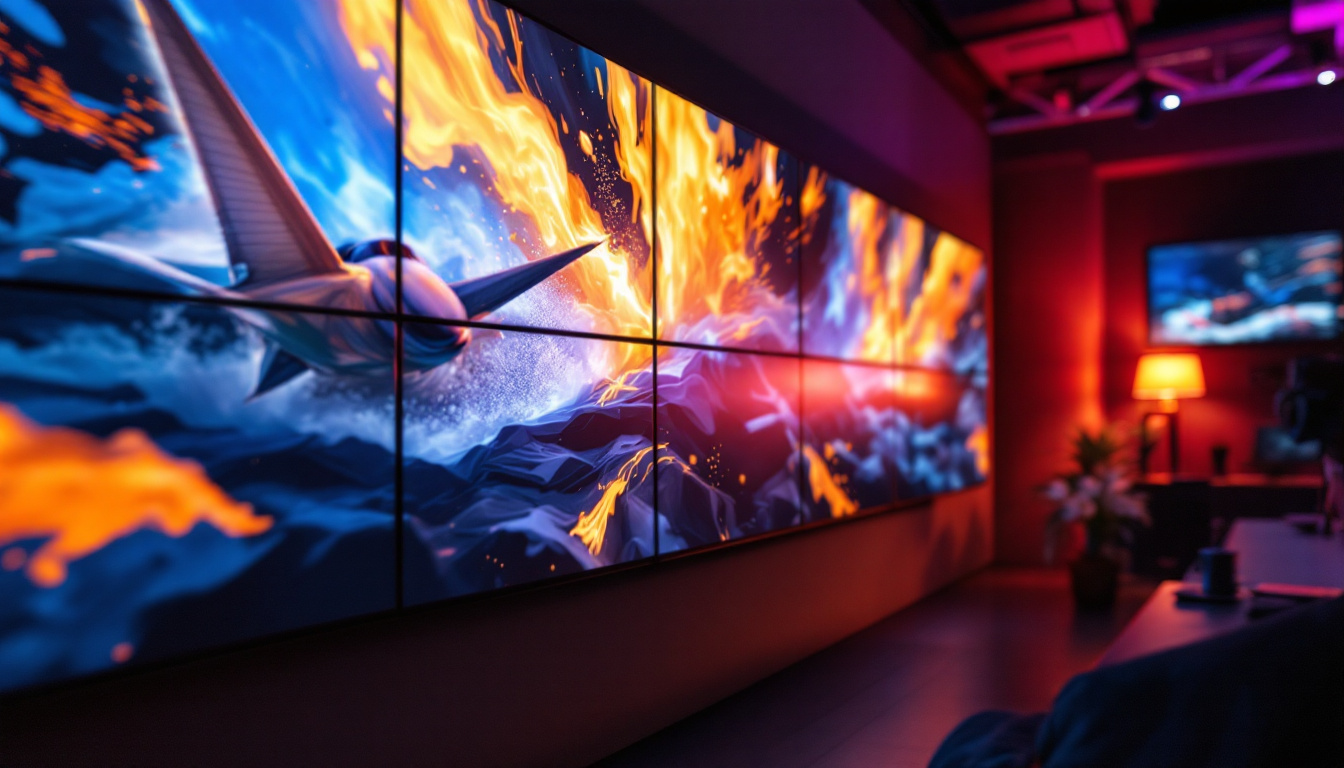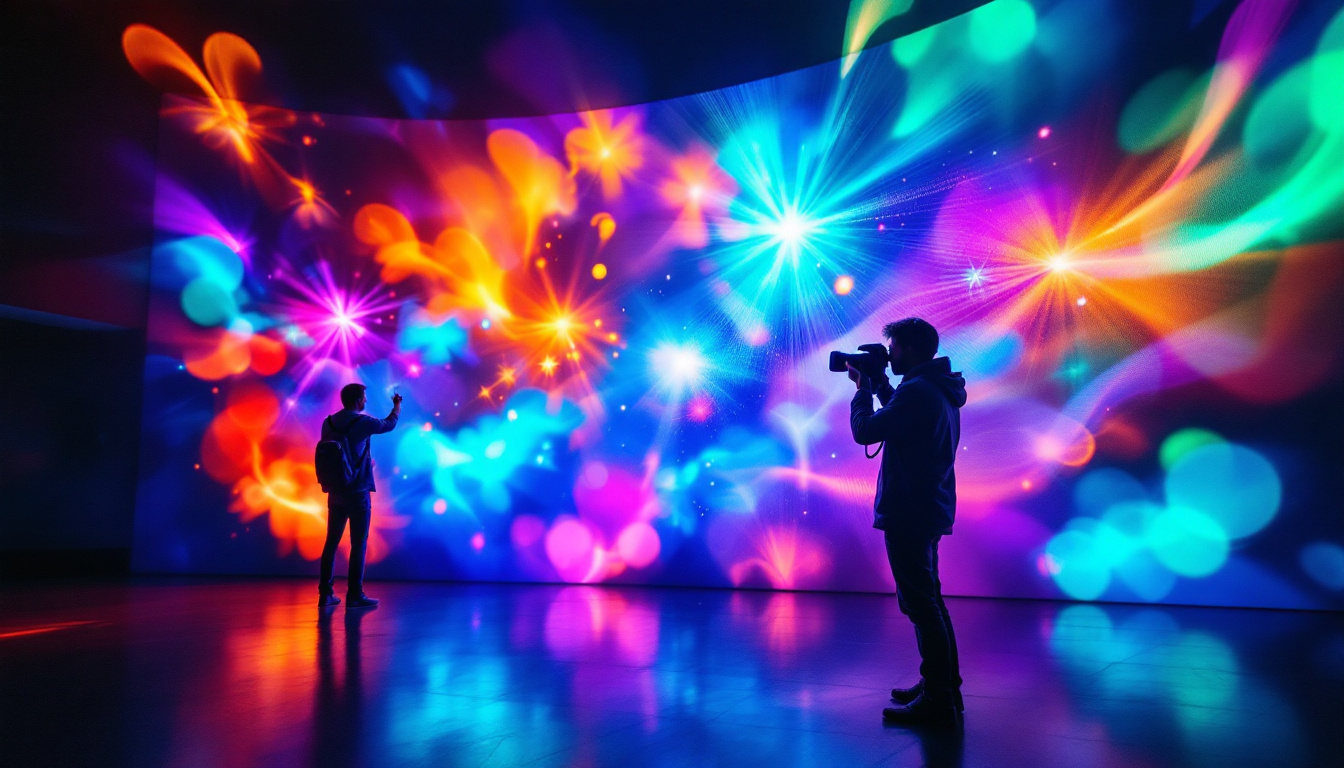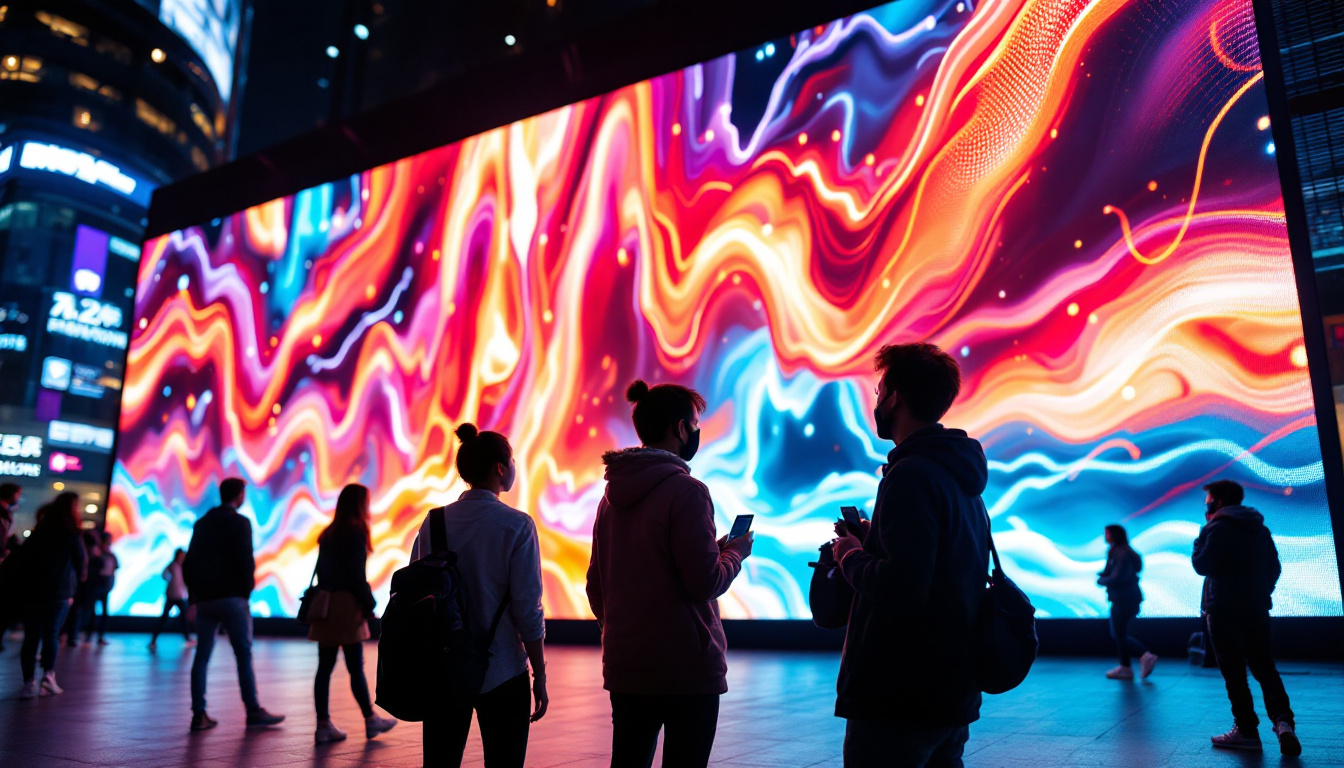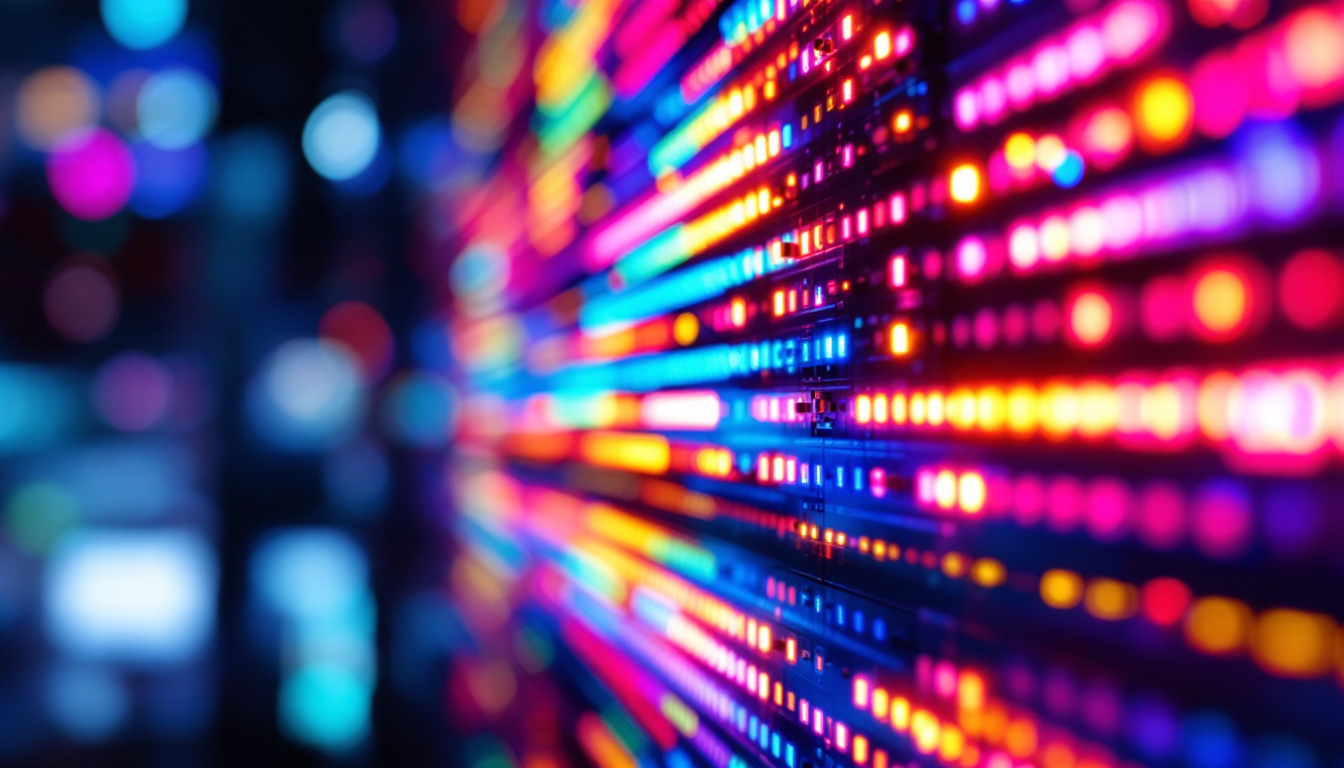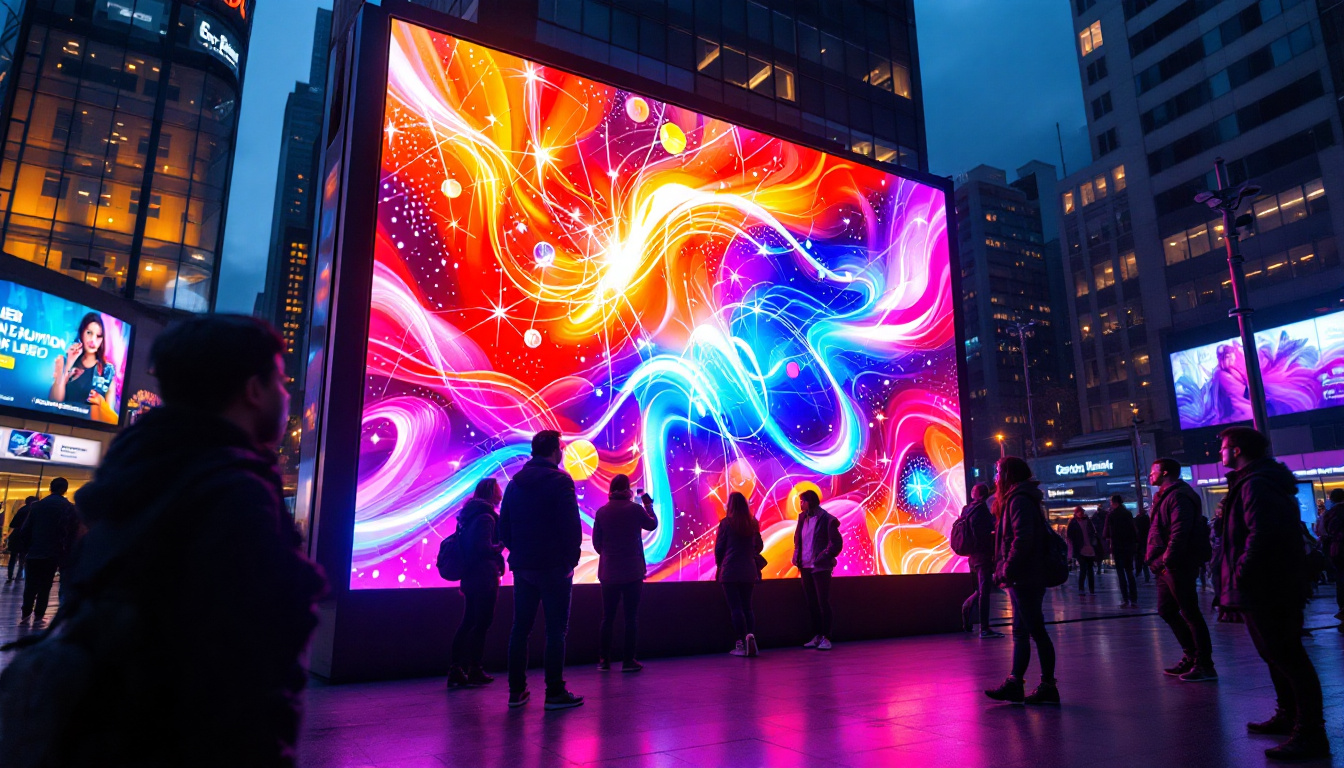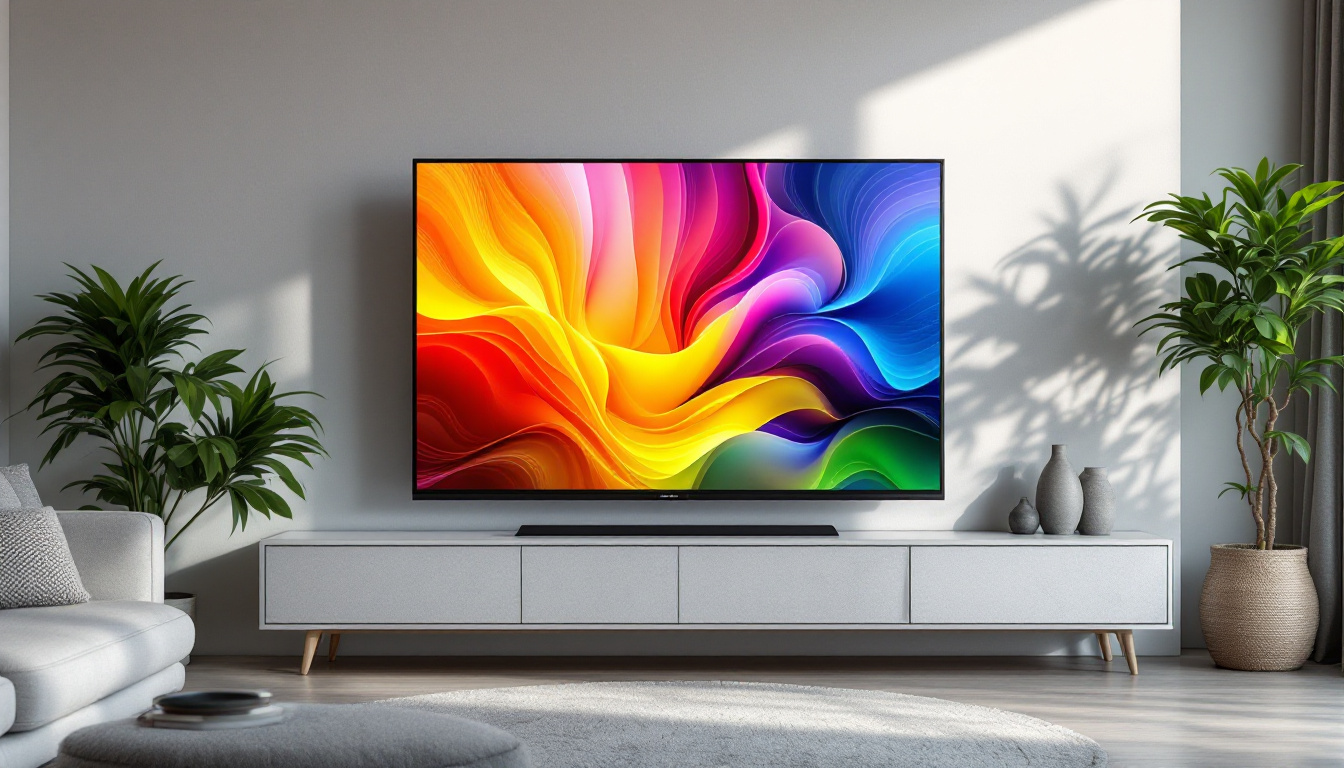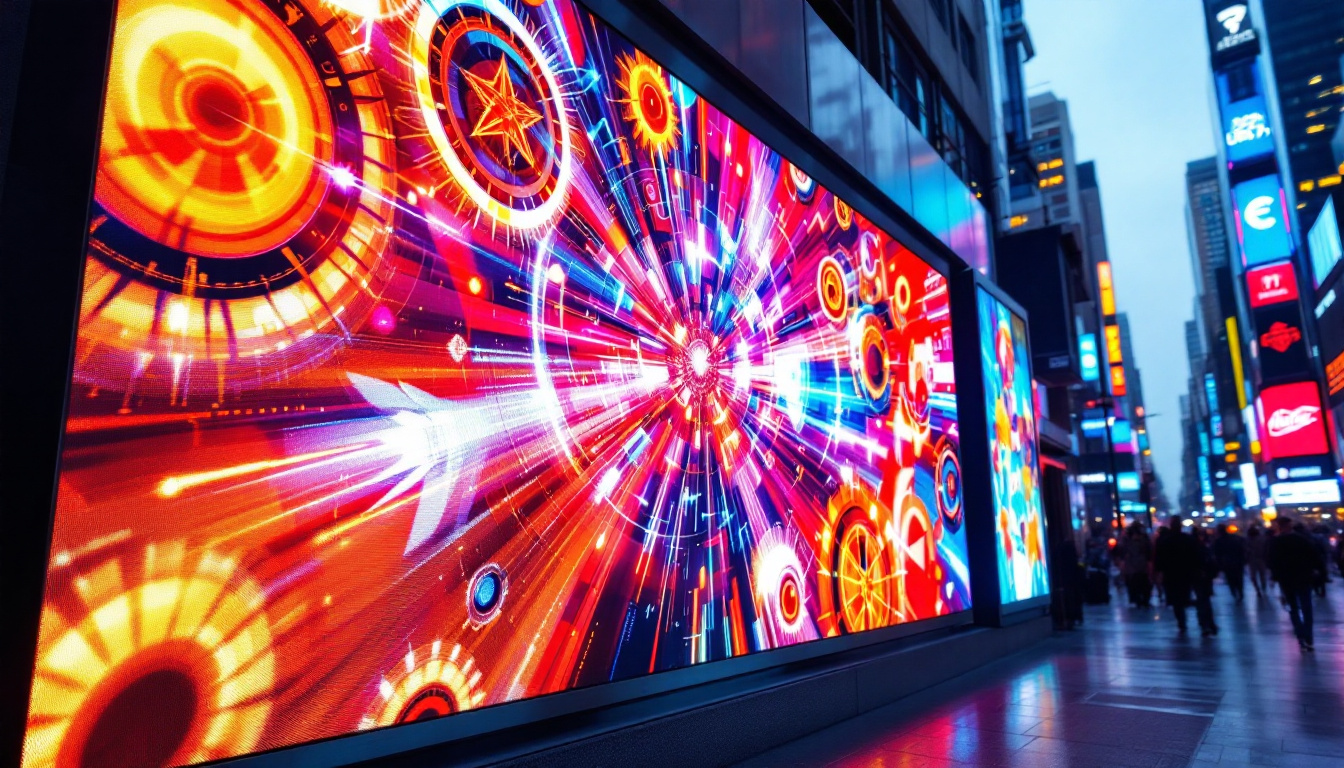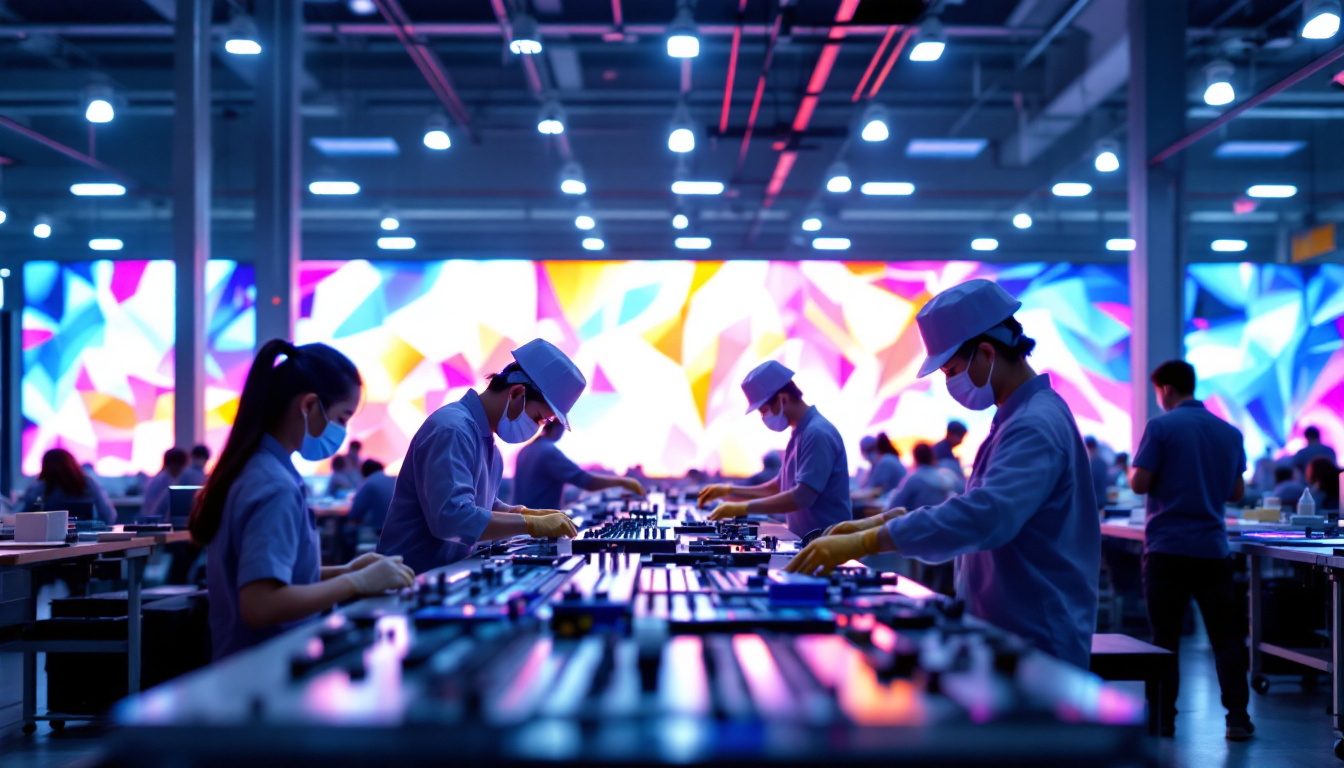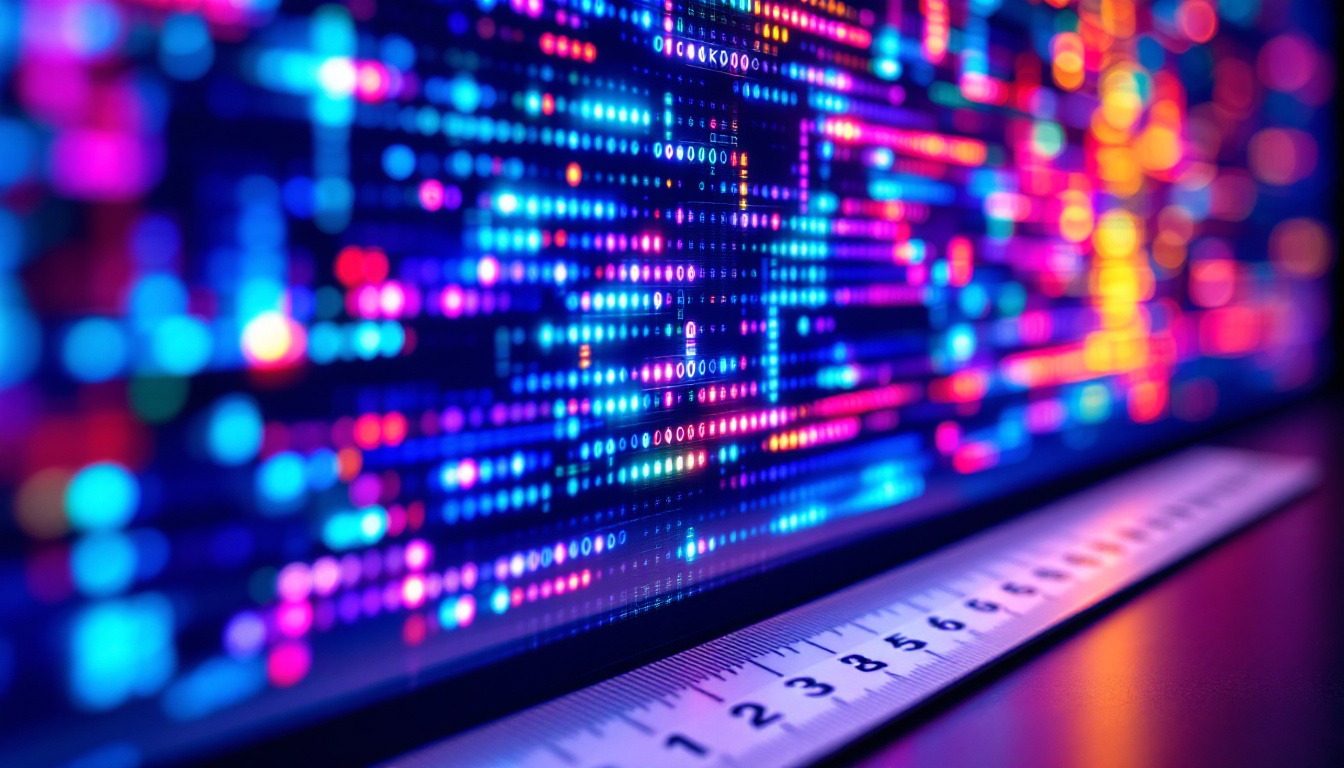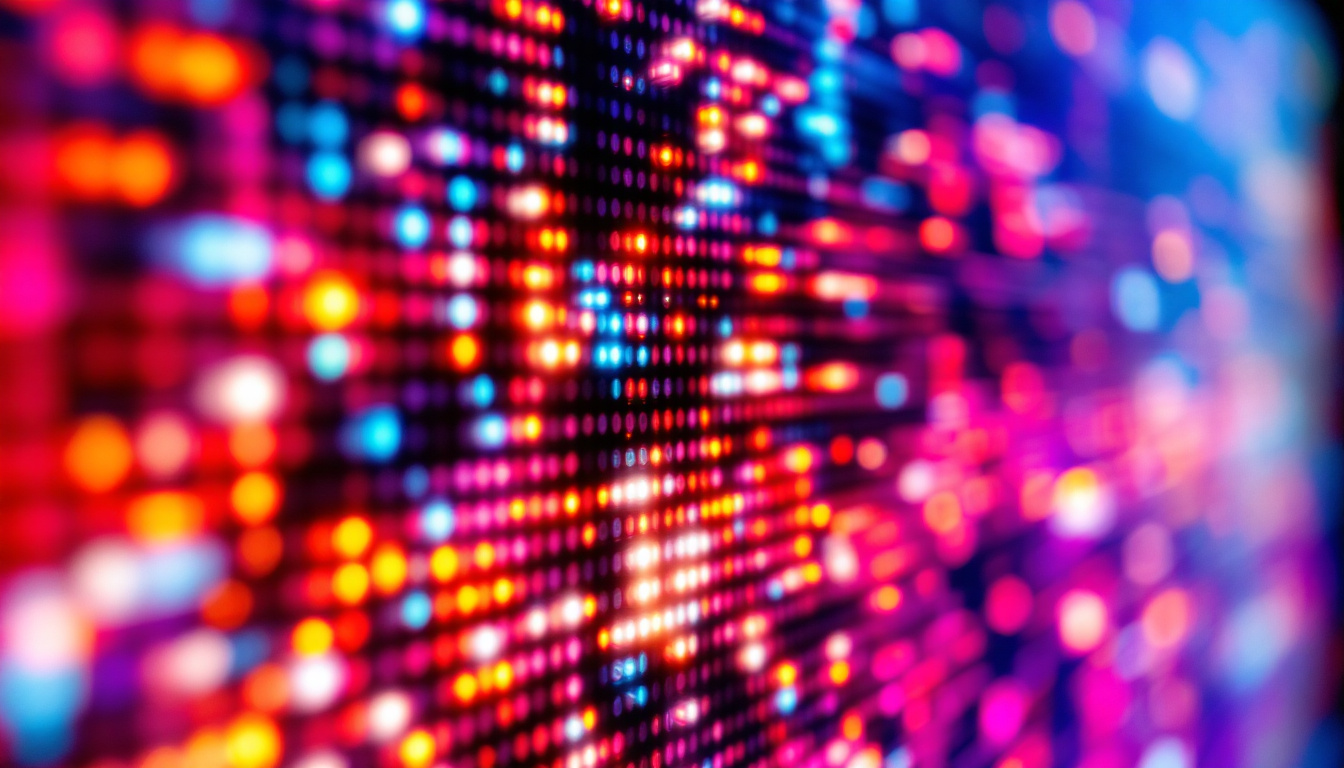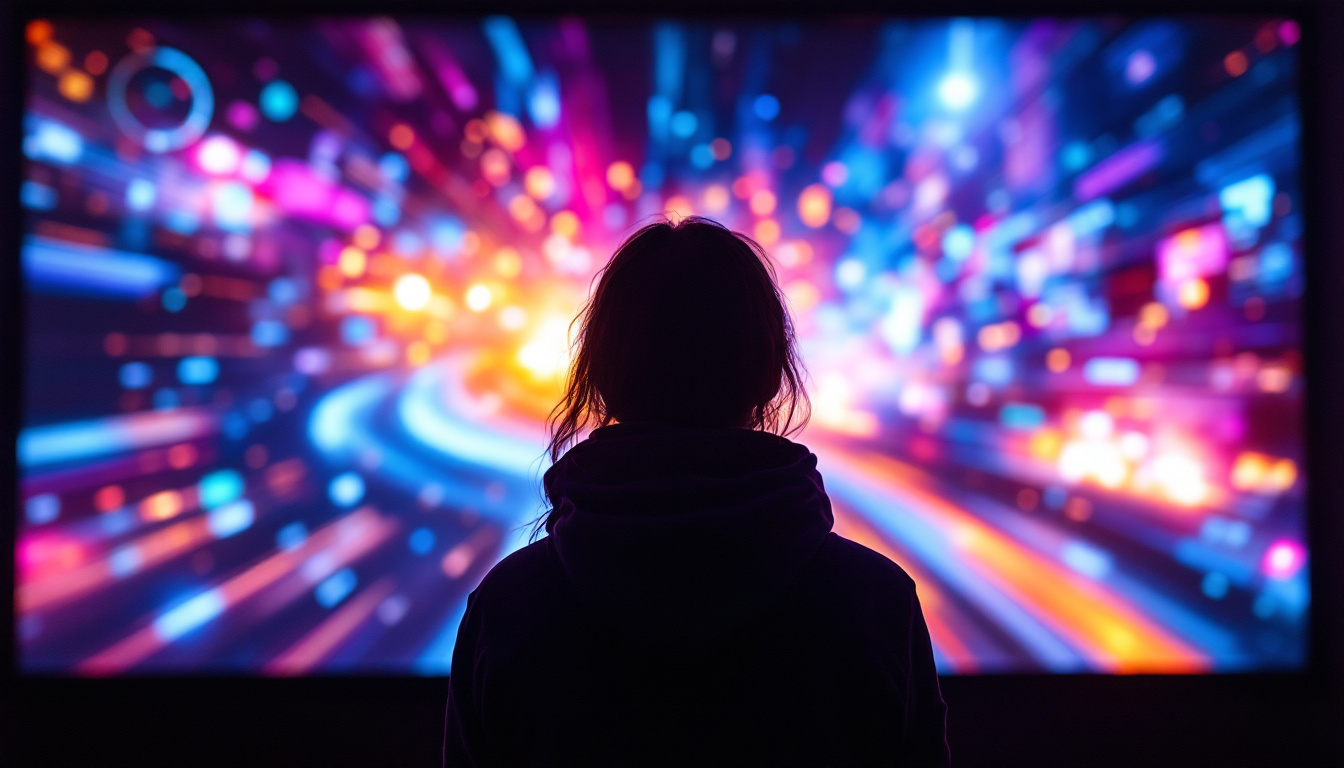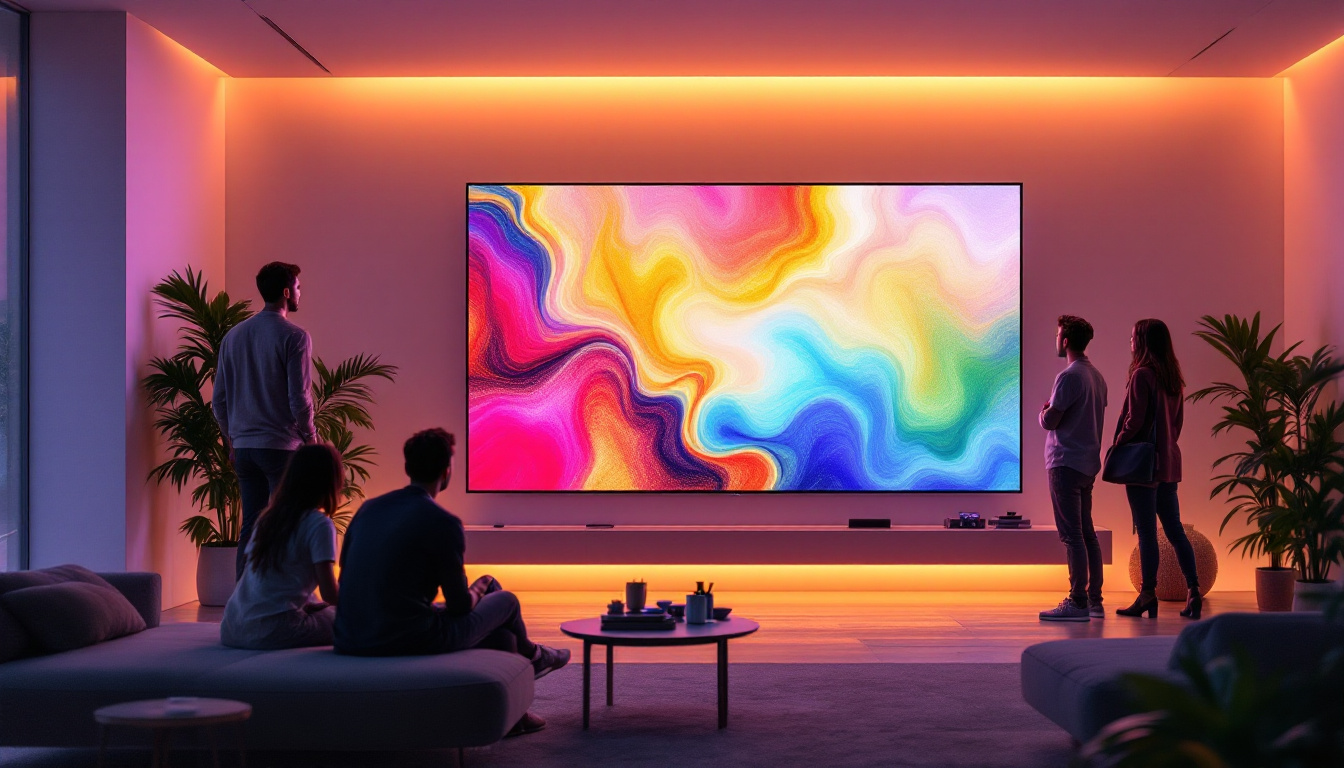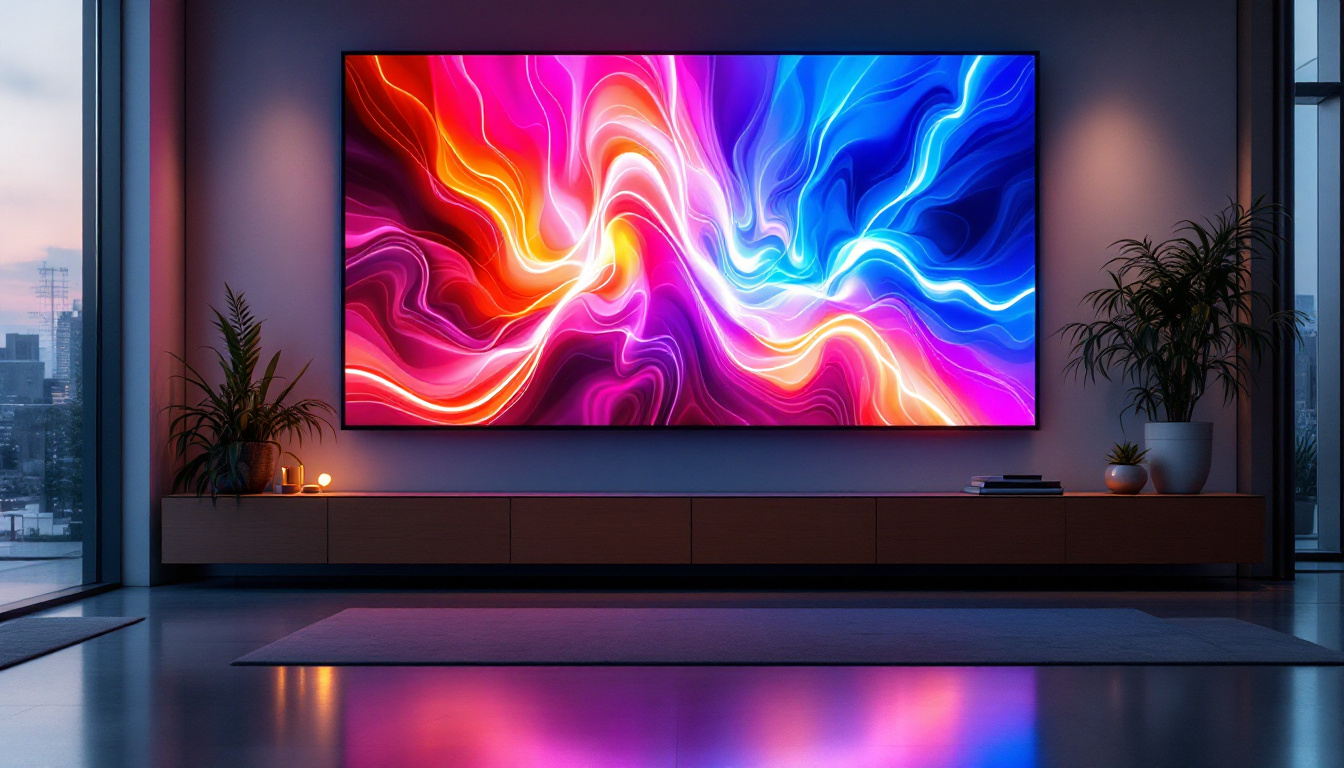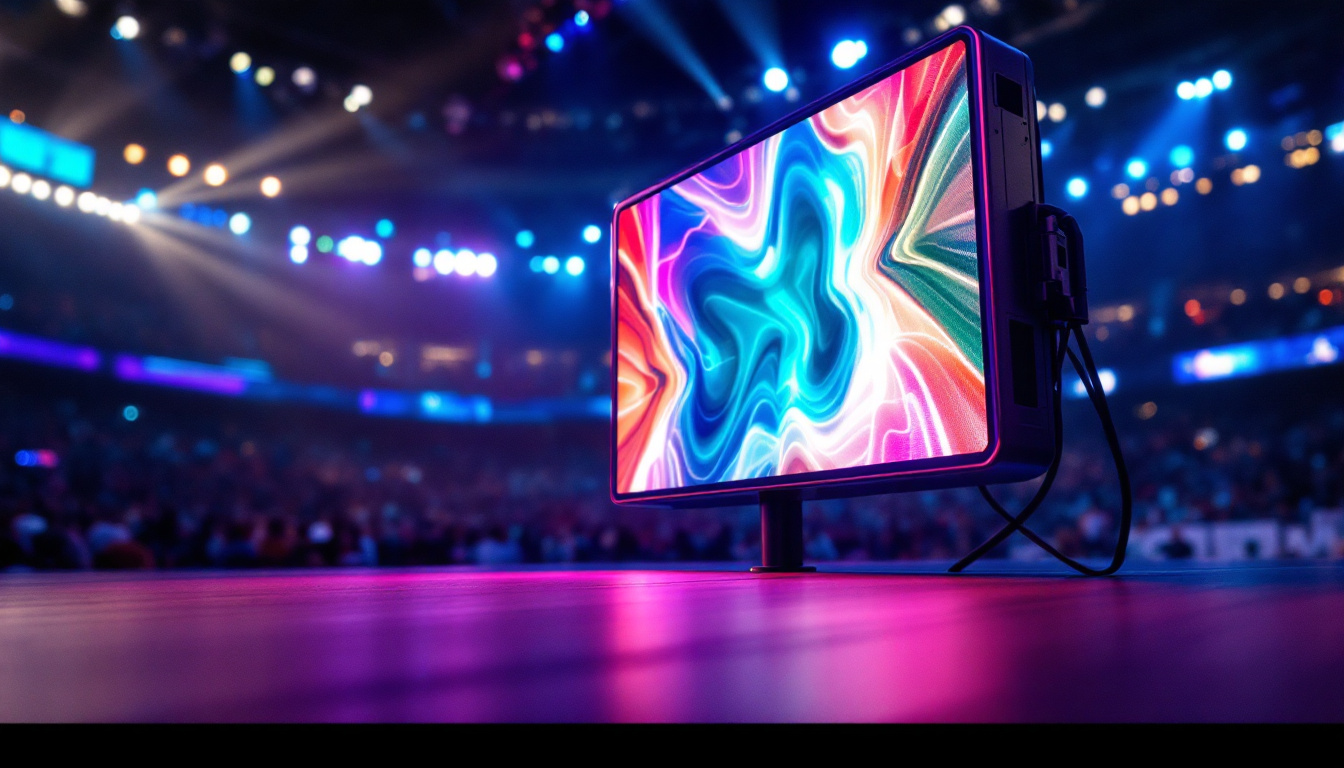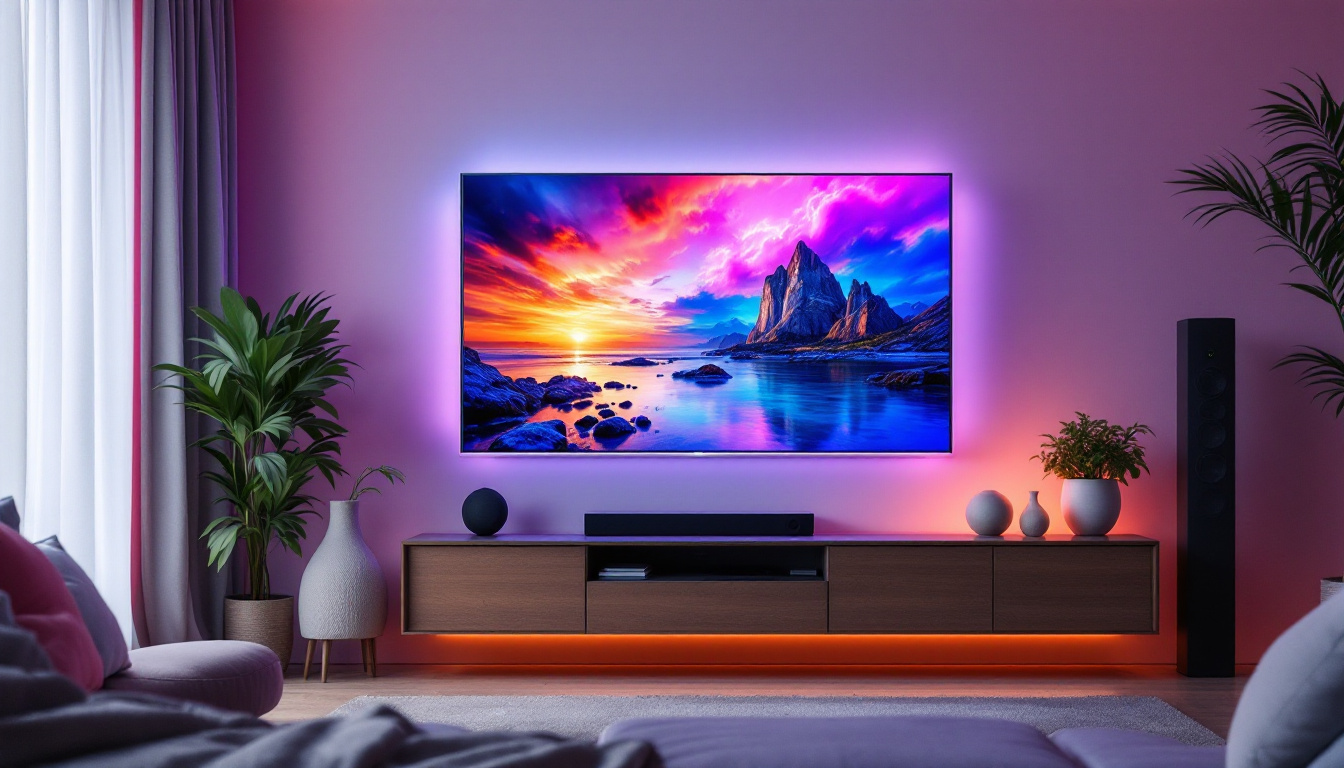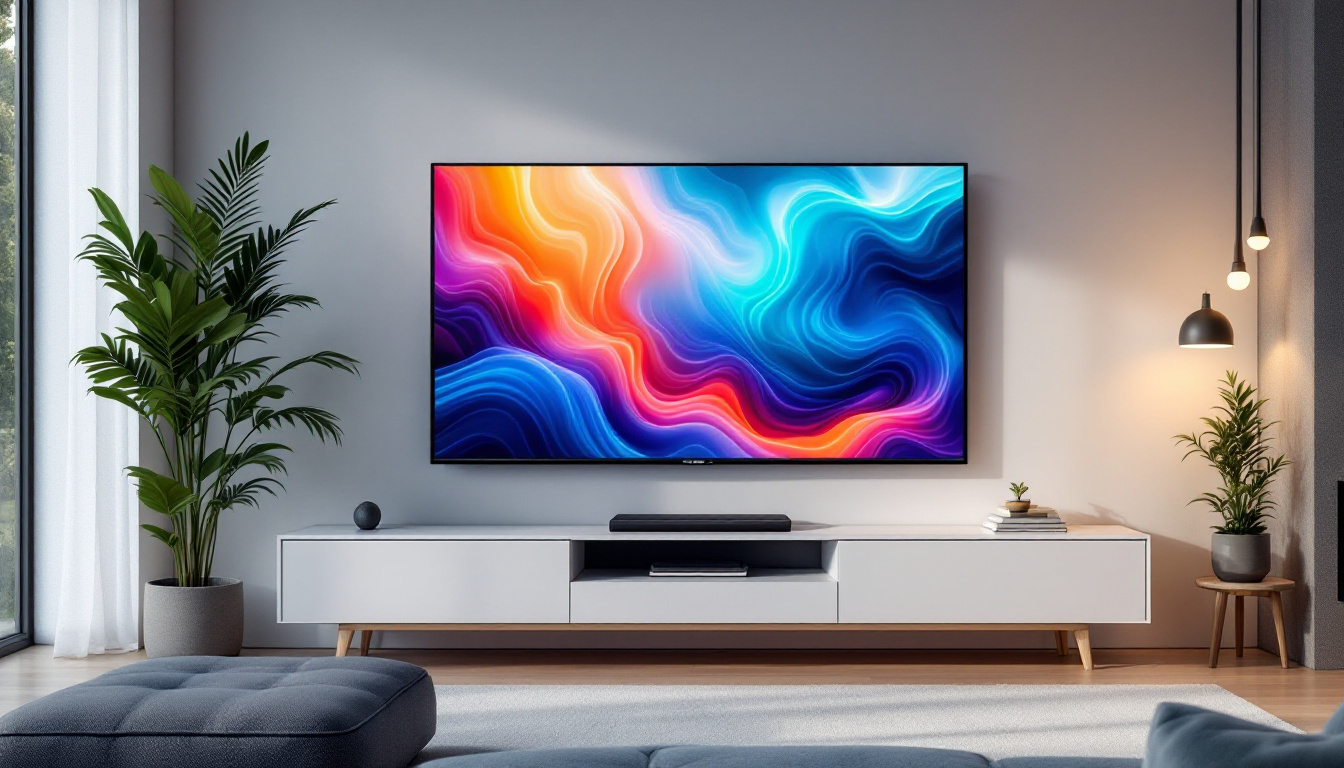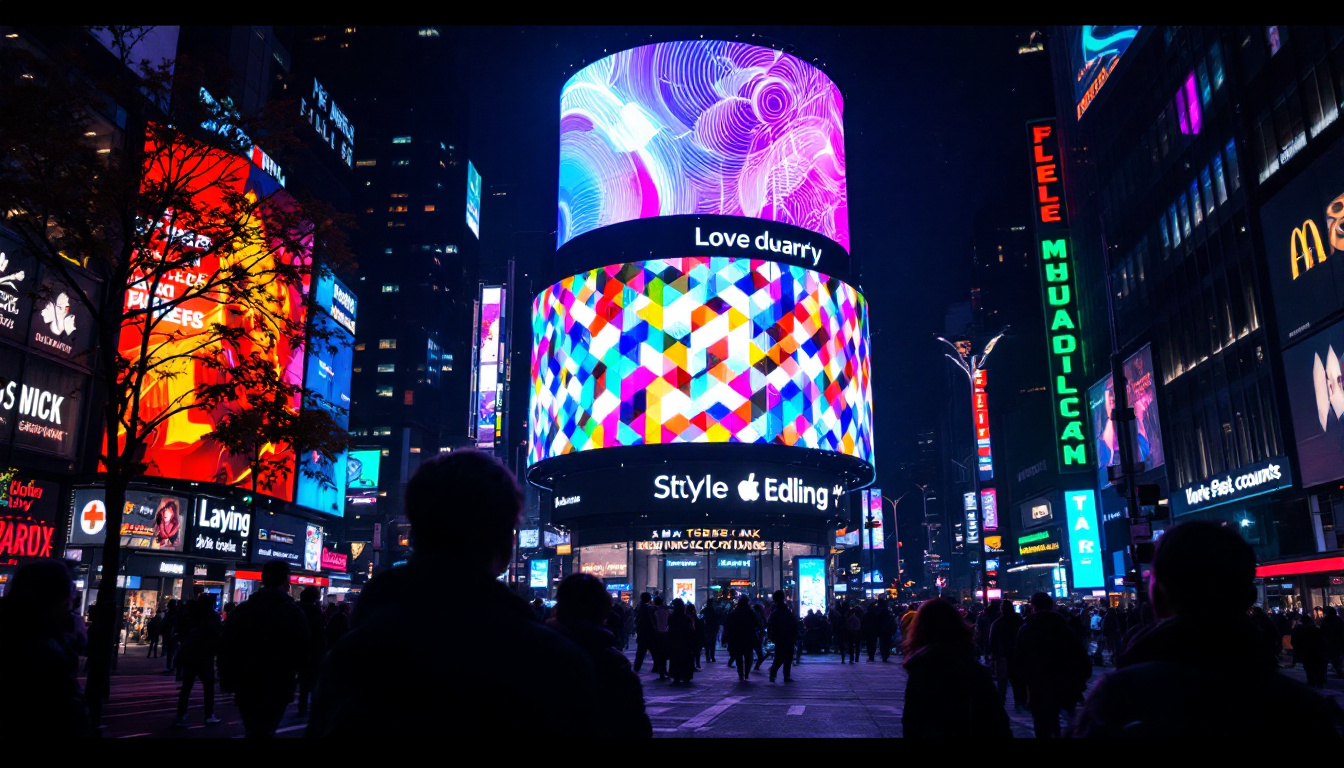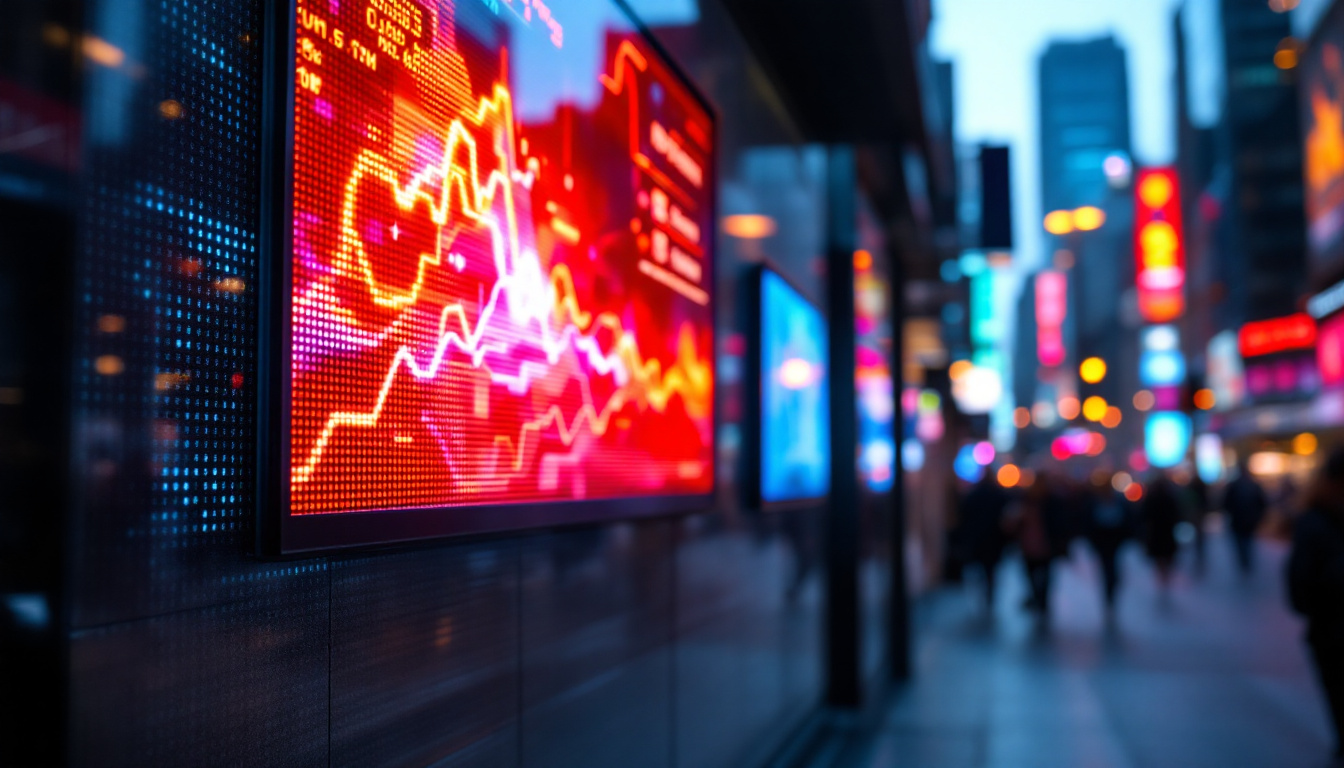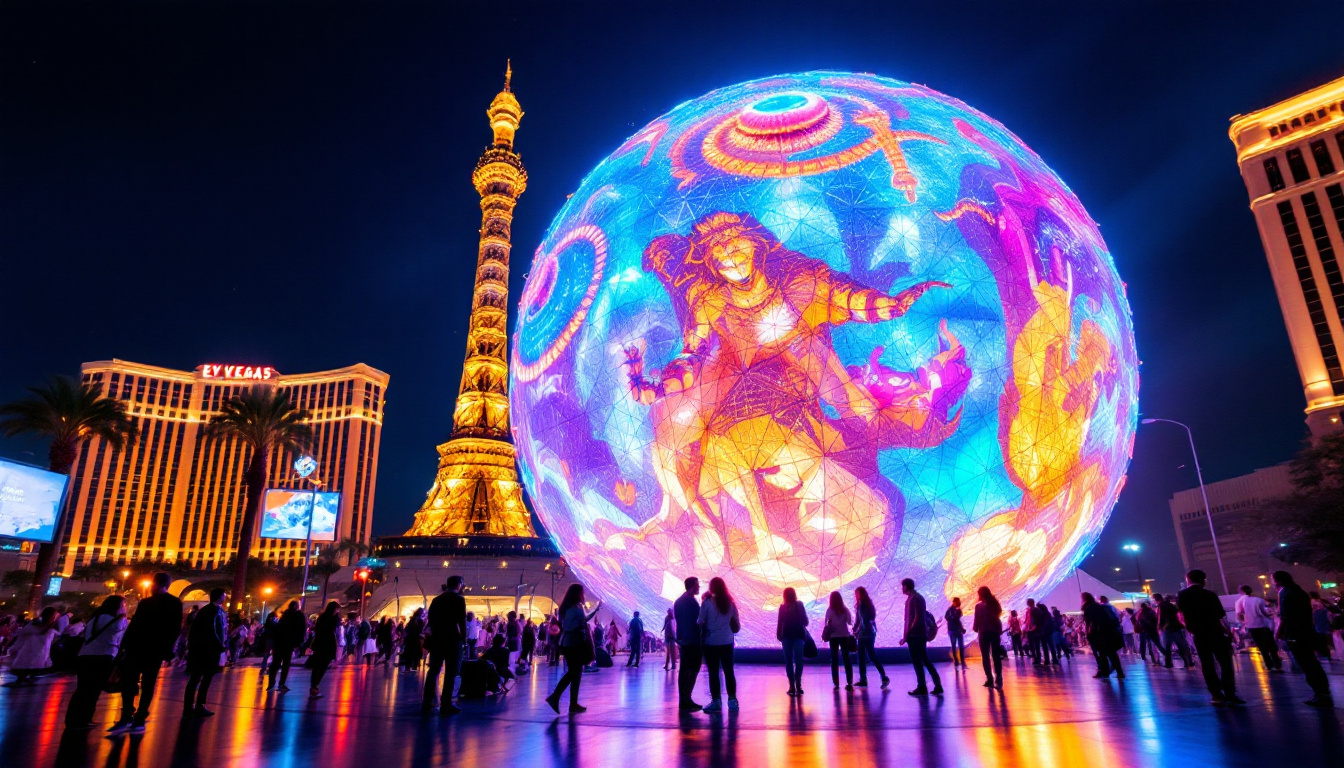In the modern world, LED displays have become an integral part of our daily lives. From advertising billboards to television screens, these vibrant displays are everywhere. Understanding the technology behind LED displays can enhance appreciation for their versatility and effectiveness. This article delves into the fundamentals of LED displays, their applications, and the future of this illuminating technology.
What is an LED Display?
LED stands for Light Emitting Diode, a semiconductor device that emits light when an electric current passes through it. An LED display utilizes multiple LEDs to create images, videos, and text. These displays can vary in size, resolution, and brightness, making them suitable for various applications. The versatility of LED technology has led to its widespread adoption across industries, from advertising to entertainment, and even in everyday consumer electronics.
One of the remarkable aspects of LED displays is their energy efficiency. Compared to traditional display technologies, such as LCD and CRT, LEDs consume significantly less power, which not only reduces operational costs but also minimizes environmental impact. This energy efficiency is particularly beneficial in large-scale installations, where the cumulative savings can be substantial. Furthermore, LED displays have a longer lifespan, often lasting tens of thousands of hours, which reduces the need for frequent replacements and maintenance.
How LED Displays Work
LED displays work by combining red, green, and blue (RGB) LEDs to create a wide spectrum of colors. Each pixel in an LED display consists of these three colored LEDs. By adjusting the intensity of each LED, the display can produce different colors and brightness levels. This technology allows for high-resolution images and videos that are vibrant and dynamic. The precision with which colors can be mixed and displayed contributes to the overall visual experience, making LED displays a preferred choice for applications requiring high fidelity.
The construction of an LED display typically involves a matrix of pixels, each controlled by a dedicated circuit. This setup enables precise control over each pixel, allowing for detailed and intricate visuals. Additionally, advancements in technology have led to the development of various types of LED displays, including OLED (Organic LED) and MicroLED, which offer even greater performance. OLED displays, for instance, provide deeper blacks and a wider viewing angle, while MicroLED technology boasts self-emissive properties that eliminate the need for a backlight, resulting in thinner and lighter designs.
Types of LED Displays
LED displays come in several types, each designed for specific applications. The most common types include:
- Indoor LED Displays: These displays are designed for use in controlled environments, such as shopping malls, conference rooms, and theaters. They typically have a higher pixel density, providing sharper images and videos. Indoor displays are often used for advertising, presentations, and entertainment, enhancing the viewer’s experience with bright and colorful visuals.
- Outdoor LED Displays: Built to withstand weather conditions, outdoor displays are larger and have lower pixel density. They are often used for billboards, sports arenas, and public announcements. These displays are engineered to be highly visible even in direct sunlight, with advanced brightness and contrast capabilities that ensure messages are clear and impactful.
- Transparent LED Displays: These innovative displays allow light to pass through, making them ideal for retail environments where visibility is crucial. They can be used in storefronts or as partitions. Transparent LED technology not only provides an eye-catching display but also maintains the aesthetic appeal of the space, allowing customers to see products while being engaged by dynamic content.
Applications of LED Displays
The versatility of LED displays has led to their widespread adoption across various industries. Their ability to deliver high-quality visuals makes them suitable for numerous applications.
Advertising and Marketing
One of the most prominent uses of LED displays is in advertising. digital billboards and signage can capture attention with bright colors and dynamic content. Advertisers can easily update their messages in real-time, allowing for targeted promotions and timely announcements. This adaptability has made LED displays a preferred choice for businesses looking to enhance their visibility. Furthermore, the ability to incorporate interactive elements, such as QR codes or touchscreens, allows brands to engage consumers in innovative ways, driving foot traffic and increasing customer interaction.
Entertainment and Events
In the entertainment industry, LED displays play a crucial role in concerts, festivals, and sporting events. Large-scale LED screens are used to broadcast live performances, ensuring that even those seated far from the stage can enjoy the experience. Additionally, LED technology is employed in stage backdrops, enhancing the visual impact of performances. The integration of LED displays with advanced lighting and sound systems creates a multi-sensory environment that captivates audiences. Events like the Super Bowl or major music festivals often utilize these displays for instant replays and immersive graphics, making the viewing experience more engaging and memorable.
Transportation and Wayfinding
LED displays are also utilized in transportation systems for real-time information dissemination. Buses, trains, and airports employ LED screens to provide passengers with updates on schedules, delays, and directions. This technology improves communication and enhances the overall travel experience. Moreover, with the rise of smart cities, LED displays are increasingly being integrated into urban infrastructure to offer information on traffic conditions, public transport options, and local events. This not only aids in navigation but also promotes community engagement by keeping residents informed about happenings in their area. As technology evolves, the potential for LED displays to contribute to smarter, more efficient transportation systems continues to grow.
Advantages of LED Displays
LED displays offer several advantages over traditional display technologies, making them a popular choice for various applications.
Energy Efficiency
One of the most significant benefits of LED displays is their energy efficiency. Compared to traditional incandescent bulbs or even LCD screens, LEDs consume significantly less power. This not only reduces operational costs but also contributes to a lower carbon footprint, making LED displays an environmentally friendly choice. In fact, studies have shown that switching to LED technology can reduce energy consumption by up to 80%, which is particularly beneficial for businesses looking to minimize their energy expenses while promoting sustainability.
Longevity and Durability
LED displays are known for their long lifespan, often lasting tens of thousands of hours. This durability translates to lower maintenance costs and less frequent replacements. Additionally, LEDs are more resistant to shock and vibration, making them suitable for various environments, including outdoor settings. This resilience is particularly important for industries such as transportation and advertising, where displays may be exposed to harsh weather conditions or physical impacts. Furthermore, the robust nature of LED technology means that they can operate effectively in extreme temperatures, ensuring consistent performance in diverse climates.
High Brightness and Contrast
LED displays are capable of producing high brightness levels, ensuring visibility even in direct sunlight. This feature is particularly advantageous for outdoor applications, where traditional displays may struggle. Furthermore, the contrast ratios of LED displays are superior, providing deeper blacks and more vibrant colors, enhancing the overall viewing experience. The ability to adjust brightness dynamically also allows for optimal viewing in varying lighting conditions, making LED displays versatile for both day and night use. This adaptability not only enhances the aesthetic appeal of digital signage but also ensures that content remains engaging and legible, capturing the attention of passersby effectively.
Challenges and Considerations
While LED displays offer numerous benefits, there are challenges and considerations to keep in mind when implementing this technology.
Cost
The initial investment for LED displays can be significant, especially for large-scale installations. However, businesses must consider the long-term savings associated with energy efficiency and reduced maintenance costs. Over time, the return on investment can justify the upfront expenditure.
Heat Management
LED displays generate heat during operation, which can impact performance if not managed properly. Effective heat dissipation is crucial to maintaining optimal functionality and extending the lifespan of the display. Manufacturers often incorporate cooling systems to address this issue, but it remains a consideration for installation.
Viewing Angles
While LED displays offer excellent brightness and contrast, the viewing angle can vary depending on the type of display. Some LED technologies may experience color distortion or reduced brightness when viewed from extreme angles. This factor is essential to consider when designing installations, particularly in public spaces where diverse viewing positions are common.
The Future of LED Displays
The future of LED displays looks promising, with ongoing advancements in technology and applications. As innovation continues, several trends are emerging that could shape the landscape of LED displays.
Smart Displays
As the Internet of Things (IoT) gains traction, smart LED displays are becoming increasingly prevalent. These displays can connect to the internet, enabling real-time data updates and interactive content. For instance, retailers can use smart displays to showcase personalized advertisements based on customer preferences, enhancing the shopping experience.
Flexible and Curved Displays
Flexible LED displays are gaining popularity due to their adaptability. These displays can be bent or shaped to fit various surfaces, allowing for creative installations. Curved displays are particularly appealing in architectural applications, where they can seamlessly integrate into building designs.
Higher Resolutions
As technology progresses, higher resolution displays are becoming more accessible. 8K and beyond are on the horizon, promising even more detailed visuals. This advancement will benefit industries such as film, gaming, and virtual reality, where immersive experiences are paramount.
Conclusion
LED displays have revolutionized the way information is presented and consumed. Their energy efficiency, durability, and vibrant visuals make them an attractive choice for a wide range of applications. As technology continues to evolve, the potential for LED displays is boundless, promising exciting developments in the years to come.
Understanding the intricacies of LED displays not only enhances appreciation for their capabilities but also informs decisions regarding their implementation. Whether in advertising, entertainment, or transportation, LED displays are set to illuminate the future.
Illuminate Your Space with LumenMatrix
Ready to elevate your visual communication? Discover how LumenMatrix’s advanced LED display modules can transform your space and captivate your audience. From vibrant Indoor LED Walls to dynamic Outdoor LED Displays, and from sleek LED Posters to immersive LED Sports and Floor Displays, LumenMatrix offers a comprehensive range of solutions tailored to your needs. Embrace the future of digital signage with our Custom, All-in-One, and Transparent LED Displays, designed to deliver unparalleled engagement and clarity. Check out LumenMatrix LED Display Solutions today and join the revolution in visual storytelling.

